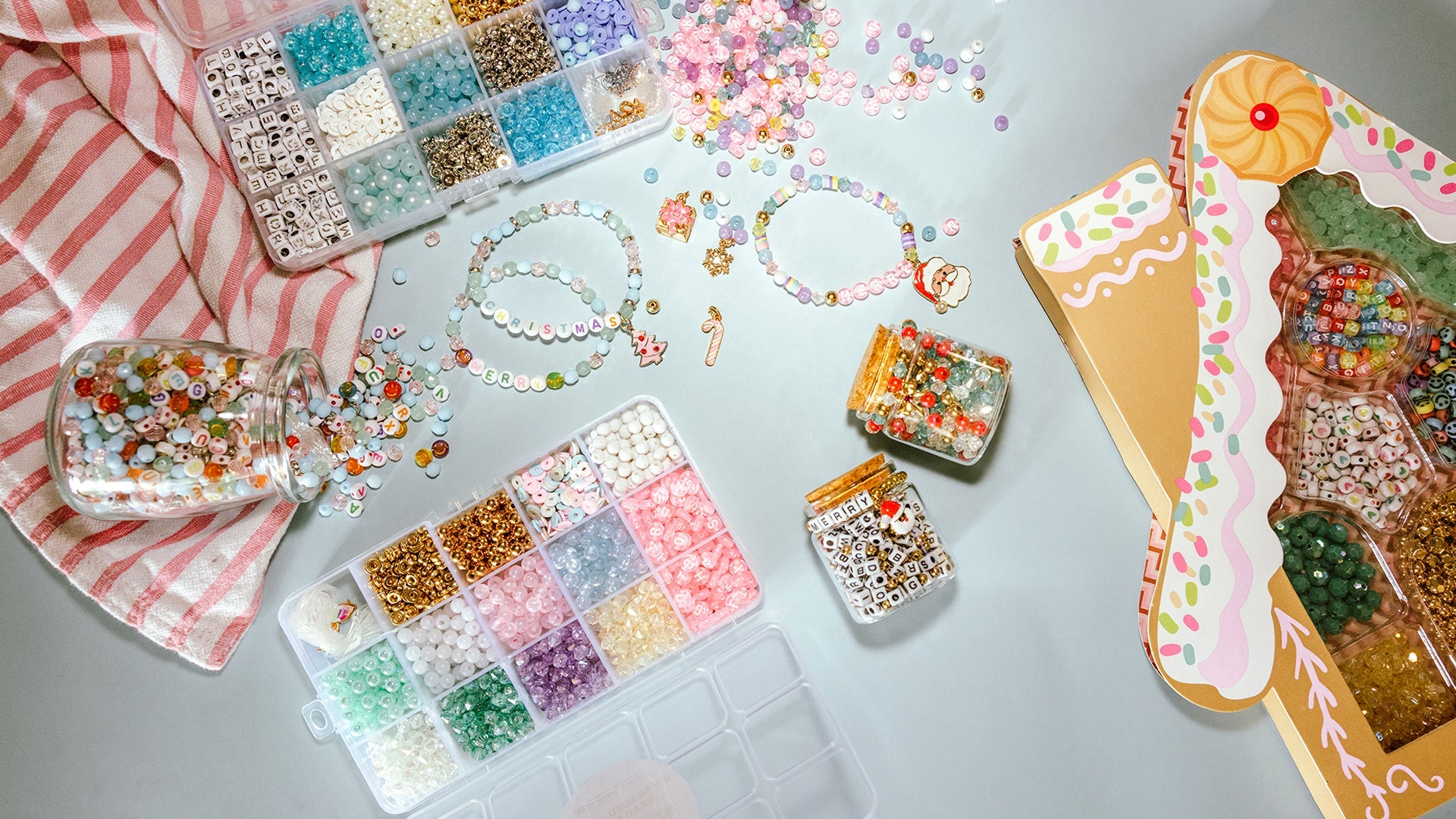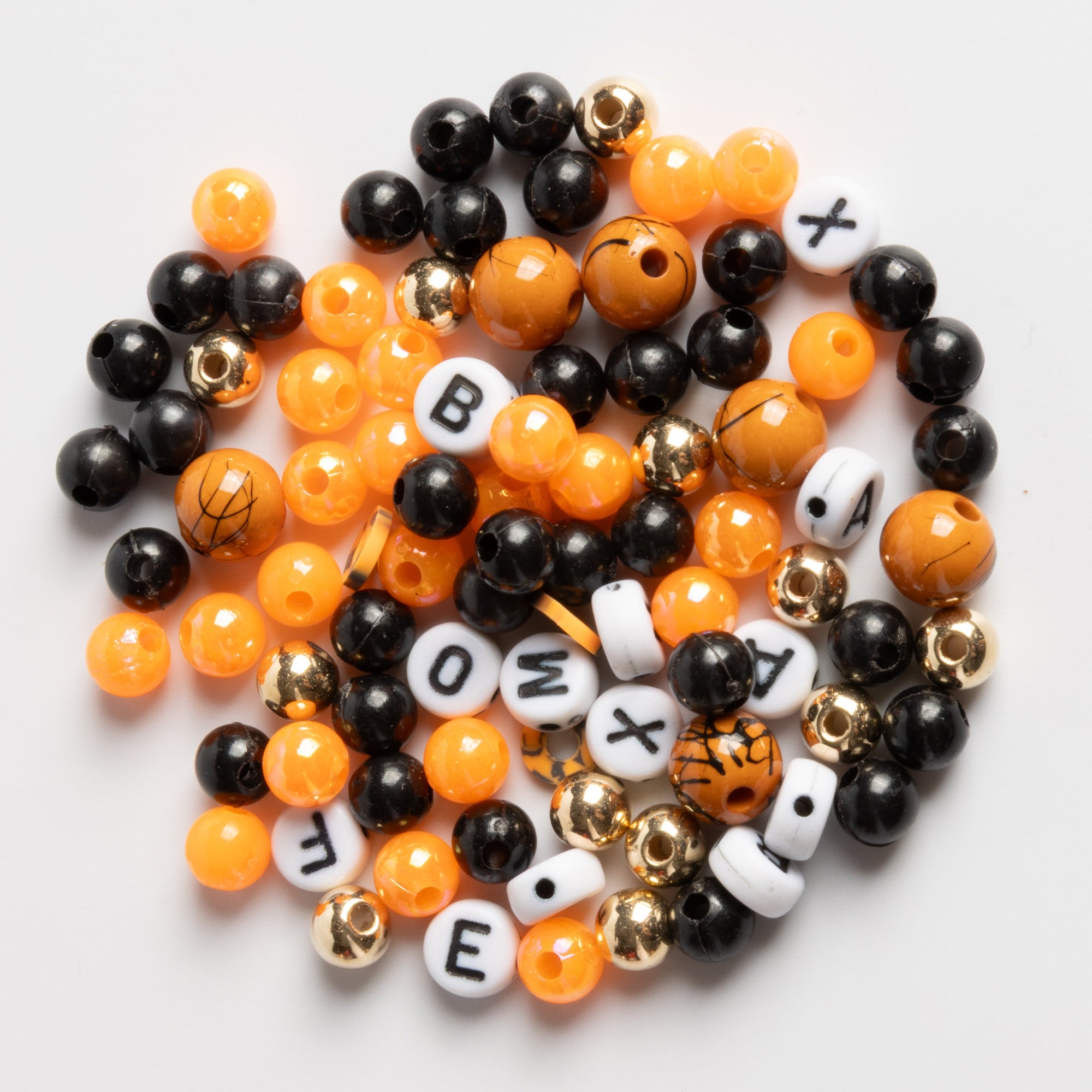Resin casting has become a popular craft for both hobbyists and professionals. One of the most versatile tools in resin casting is the silicone mold. Silicone resin molds offer flexibility, durability, and precision, making them ideal for creating a variety of resin art pieces. However, working with silicone molds for resin can sometimes present challenges. In this article, we’ll explore best practices for using silicone resin molds and address common issues that may arise.
Understanding Silicone Resin Molds
Silicone molds are essential for resin casting due to their non-stick surface and ability to capture fine details. These molds come in various shapes and sizes, allowing for endless creativity in projects. Whether you’re creating jewelry, coasters, or intricate art pieces, silicone molds provide the flexibility needed for successful resin casting.

Advantages of Silicone Molds
- Flexibility: Silicone molds are highly flexible, making it easy to demold your resin pieces without damage.
- Durability: They are resistant to heat and chemicals, providing longevity for repeated use.
- Detail Precision: Silicone captures intricate details, ensuring high-quality results in your resin art.
Best Practices for Using Silicone Resin Molds
To achieve the best results with your silicone molds, follow these recommended practices:
Preparing Your Workspace
Before diving into resin casting, it’s crucial to prepare your workspace:
- Clean Environment: Ensure your workspace is free from dust and debris that could contaminate your resin.
- Protective Gear: Wear gloves and a mask to protect yourself from resin fumes and spills.
- Level Surface: Work on a flat, level surface to prevent uneven curing.
Mold Preparation
Proper preparation of your silicone molds is key to successful casting:
- Cleaning Molds: Clean your molds with warm soapy water and let them dry completely before use. Avoid using harsh chemicals that could degrade the silicone.
- Mold Release: While silicone is non-stick, using a mold release agent can further ease the demolding process and extend the life of your molds.
Mixing and Pouring Resin
The resin casting process requires careful mixing and pouring to avoid imperfections:
- Accurate Measurements: Follow the manufacturer’s instructions for resin and hardener ratios. Inaccurate measurements can lead to soft or sticky resin.
- Mix Thoroughly: Stir the resin mixture slowly to minimize bubbles. Ensure it’s mixed thoroughly for even curing.
- Pouring Technique: Pour resin slowly into the mold, filling it gradually to avoid trapped air bubbles. Use a toothpick or a needle to pop any surface bubbles.
Common Issues and Troubleshooting
Even with careful preparation, issues can occur. Here are some common problems and how to address them:
Air Bubbles in Resin
Air bubbles are a frequent issue in resin casting. To reduce bubbles:
- Preheat Resin: Gently warming the resin before mixing can help reduce viscosity and minimize bubbles.
- Use a Heat Gun: After pouring, use a heat gun to carefully pass over the resin surface. This will help pop any remaining bubbles.
Sticky or Soft Resin
Resin that remains sticky or soft can be frustrating. To prevent this:
- Correct Ratios: Double-check your resin and hardener ratios to ensure they are correct.
- Adequate Curing Time: Allow sufficient curing time as per the manufacturer’s instructions. In some cases, additional curing time may be necessary.
Mold Deformation
Silicone molds can sometimes deform, affecting the final product:
- Support Molds: Use a supportive structure around the mold to maintain its shape during the curing process.
- Avoid Overfilling: Do not overfill the mold, as excess resin can cause bulging and distortion.

Caring for Your Silicone Molds
Proper care extends the life of your silicone molds:
- Storage: Store molds flat in a cool, dry place, away from direct sunlight.
- Avoid Sharp Objects: Keep sharp objects away from molds to prevent cuts or tears.
- Cleaning: Clean molds gently with mild soap and water after each use. Avoid abrasive materials that could scratch the silicone.
Conclusion
Working with silicone resin molds can yield beautiful, detailed creations when done correctly. By understanding the properties of silicone molds, preparing your workspace, and following best practices, you can minimize common issues and achieve professional results. Remember to care for your molds properly to ensure they last for many casting sessions to come.
With these tips in mind, you’re ready to embark on your resin casting journey with confidence and creativity!
Shop Jewelry Made By Me for Your Resin Supplies!
Ready to start your resin casting journey? Visit Jewelry Made By Me for all your resin supplies! From high-quality silicone molds to premium resin and tools, we have everything you need to create stunning pieces. Don't miss out on the chance to unleash your creativity—shop now and bring your resin art to life!


